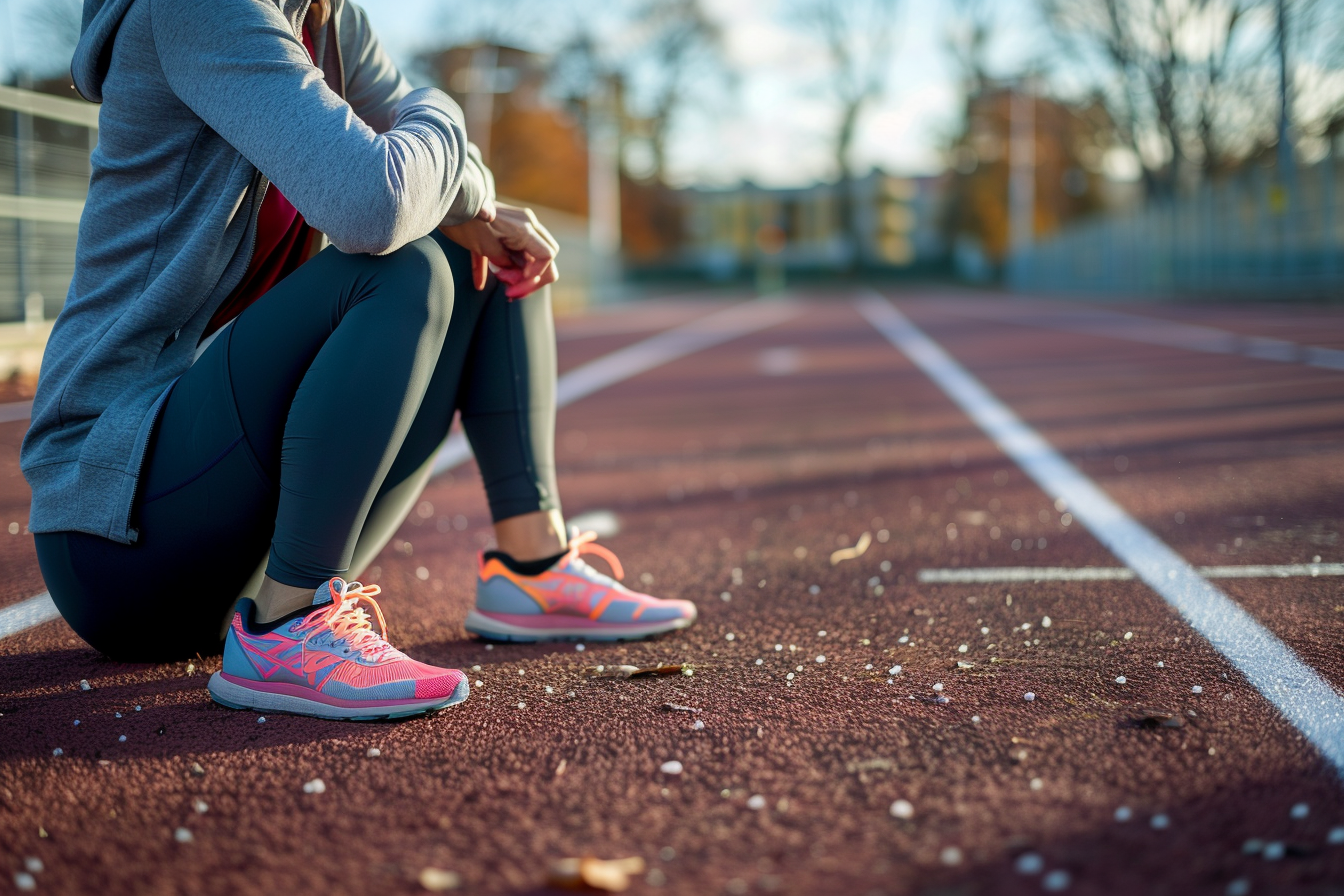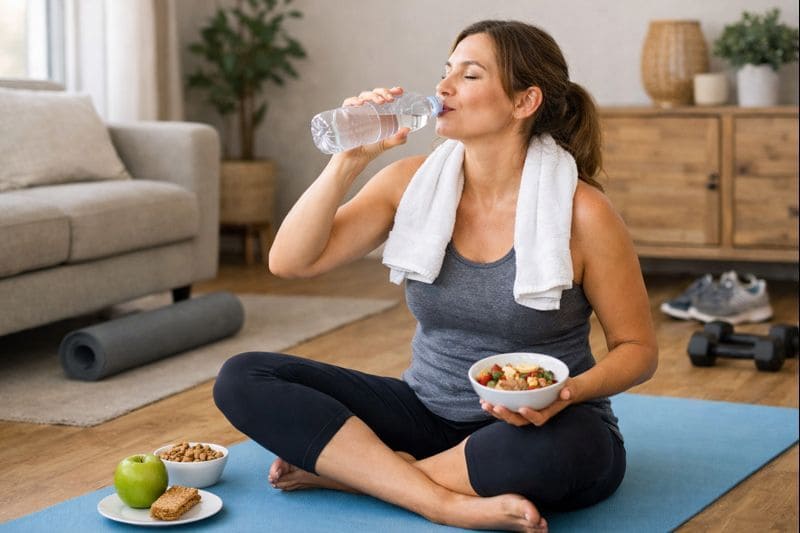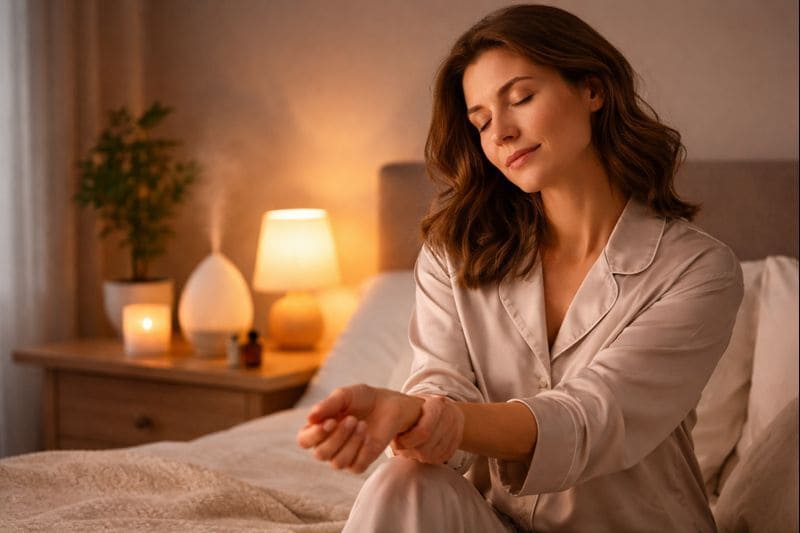Discover the Healing Power of Hip Flexor Pressure Points
When it comes to alleviating hip pain and improving flexibility, Traditional Chinese Medicine (TCM) offers an effective and non-invasive solution through the use of acupressure. By focusing on specific hip flexor pressure points, you can experience relief from discomfort and enhance your overall well-being. We’ve consulted with Ms. Mai Sogawa, a renowned TCM Therapist from Japan, to bring you expert advice on this topic. Learn more about Ms. Mai here.
In this article, we’ll delve into the key pressure points for the hip flexors: SP-12, GB-30, and GB-29, exploring how each can benefit your health.
Understanding the Importance of Hip Flexors
What Are Hip Flexors?
The hip flexors are a group of muscles located in the front of the hip that help to lift the knee and bend at the waist. The primary hip flexor muscles include the iliopsoas (composed of the iliacus and psoas major), the rectus femoris (part of the quadriceps), and the sartorius.
Why Are Hip Flexors Important?
- Mobility: Hip flexors play a crucial role in various movements, such as walking, running, and climbing stairs. They allow the legs to move freely and support a wide range of motion in the hip joint.
- Stability: Strong hip flexors contribute to the stability of the pelvis and lower back, helping to maintain proper posture and balance.
- Core Support: Hip flexors are connected to the core muscles, providing support to the lower spine and abdomen. This connection is essential for overall body strength and stability.
- Athletic Performance: For athletes, hip flexors are vital for explosive movements, quick changes in direction, and maintaining endurance.
Common Issues with Hip Flexors
Tight or weak hip flexors can lead to various problems, including:
- Lower Back Pain: Tight hip flexors can pull on the lower spine, causing discomfort and pain.
- Hip Pain: Strained or overused hip flexors can lead to hip pain and reduced mobility.
- Postural Problems: Weak hip flexors can result in poor posture and an increased risk of injury.
Quick Test for Hip Flexor Condition
A simple way to test if your hip flexors are in good condition is the Thomas Test:
- Sit on the Edge of a Sturdy Table: Sit at the edge of a table or bed with your legs hanging off.
- Lie Back: Slowly lie back on the table, bringing one knee to your chest and letting the other leg hang off the edge.
- Assess the Position: Observe the leg that is hanging off the table.
- If the hanging leg remains flat on the table, your hip flexors are likely in good condition.
- If the hanging leg lifts off the table or the knee bends, this indicates tight hip flexors.
- Repeat on the Other Side: Perform the same steps with the other leg to compare.
Understanding Hip Flexor Pressure Points
Acupressure involves applying gentle pressure to specific points on the body to stimulate healing and relieve pain. Here are the primary hip flexor pressure points:
SP-12 (Spleen 12)
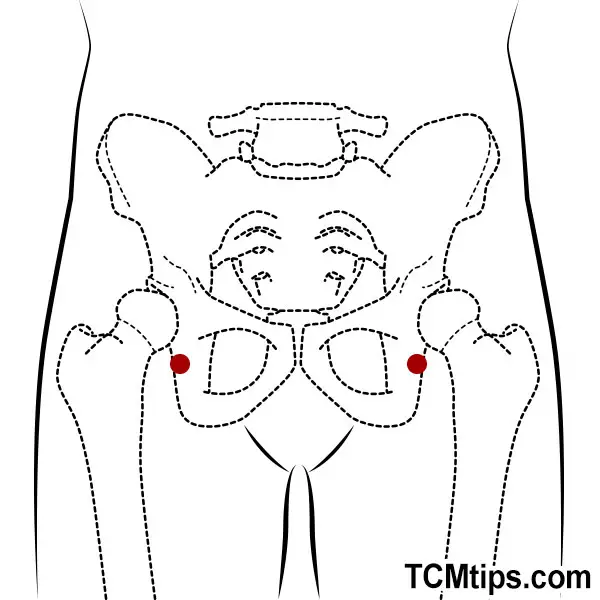
- Location: SP-12 is located in the groin area, about 3 inches from the midline of the body, where the thigh meets the pelvis.
- Benefits:
- Relieves Hip Pain: Applying pressure to SP-12 can alleviate pain and discomfort in the hip region, which is crucial for maintaining mobility and performing daily activities without discomfort.
- Improves Blood Circulation: This point helps enhance blood flow to the lower abdomen and hips, ensuring that muscles receive adequate oxygen and nutrients to function properly and recover from strain or injury.
- Reduces Swelling: SP-12 is effective in reducing inflammation and swelling in the hip and pelvic areas, promoting faster healing and relief from pain.
GB-30 (Gallbladder 30)
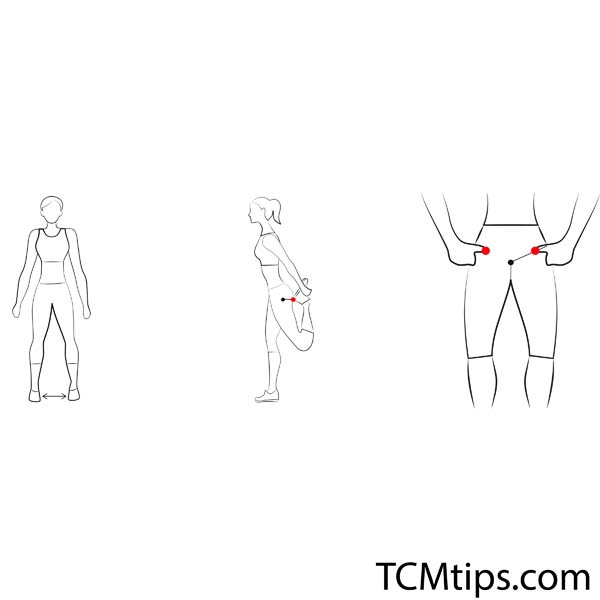
- Location: GB-30 is situated at the junction of the buttocks and the thigh, in the depression that forms when the hip is flexed.
- Benefits:
- Eases Sciatica: GB-30 is well-known for its ability to relieve sciatica pain and discomfort, which can be debilitating and affect one’s quality of life.
- Enhances Mobility: Stimulating this point improves hip joint mobility and flexibility, which is vital for maintaining a full range of motion and preventing stiffness and injury.
- Reduces Muscle Tension: GB-30 helps in relaxing tight muscles in the hip and buttocks area, which can reduce pain and improve movement. Relaxed muscles also contribute to better posture and overall physical comfort.
GB-29 (Gallbladder 29)

- Location: GB-29 is found on the lateral aspect of the hip, midway between the top of the hip bone and the greater trochanter of the femur.
- Benefits:
- Alleviates Hip Stiffness: Pressure on GB-29 can reduce stiffness and improve hip movement, which is essential for activities like walking, running, and bending.
- Promotes Hip Flexor Health: This point supports the health and function of the hip flexors, which are crucial for lifting the knee and bending at the waist. Healthy hip flexors contribute to overall lower body strength and stability.
- Reduces Lower Back Pain: GB-29 is effective in mitigating lower back pain related to hip issues, as tight hip flexors can pull on the lower back and cause discomfort. By addressing the hip area, pressure on the lower back is reduced, providing relief.
Additional Tips for Hip Health
Incorporating these practices can further enhance your hip health and flexibility:
- Stretch Regularly: Focus on stretching the hip flexors, quadriceps, hamstrings, and gluteal muscles to maintain flexibility and prevent stiffness. Some effective stretches include:
- Hip Flexor Stretch: Kneel on one knee, with the other foot in front, forming a 90-degree angle. Push your hips forward gently, stretching the front of the hip.
- Quadriceps Stretch: Stand on one leg, and pull your other foot toward your buttocks, keeping your knees close together.
- Hamstring Stretch: Sit on the ground with one leg extended straight and the other bent. Reach toward the toes of the extended leg.
- Gluteal Stretch: Lie on your back and cross one ankle over the opposite knee. Pull the uncrossed leg toward your chest.
- Stay Active: Engage in low-impact activities such as walking, swimming, or yoga to keep your hips strong and healthy. Regular activity promotes circulation, muscle strength, and joint health.
- Maintain Proper Posture: Good posture reduces unnecessary stress on the hip flexors and supports overall alignment, which can prevent pain and injury.
- Stay Hydrated: Proper hydration helps keep muscles and joints lubricated, reducing the risk of stiffness and pain. Hydrated tissues are more resilient and less prone to injury.
Conclusion
By focusing on these key hip flexor pressure points, you can effectively manage pain, improve flexibility, and enhance your overall quality of life. Acupressure is a simple yet powerful tool that, when practiced regularly, can bring significant benefits to your hip health. For more insights and expert advice from Ms. Mai Sogawa, visit our about us page.

Try our Anti-Aging Gua Sha Tool designed to bring out your skin’s natural glow.
Best Gua Sha Product- Anti-Aging: The tool is designed to target 11 specific aging signs such as wrinkles and sagging skin. By following the 7-step routine, users can improve skin firmness and reduce fine lines naturally.
- Enhances Skincare Routine: It works effectively with serums and lotions, boosting absorption and efficacy of skincare products.
- Visible Skin Improvement: Users can expect a smoother complexion, reduced puffiness, and a more youthful appearance.
 P. Sze
P. Sze 